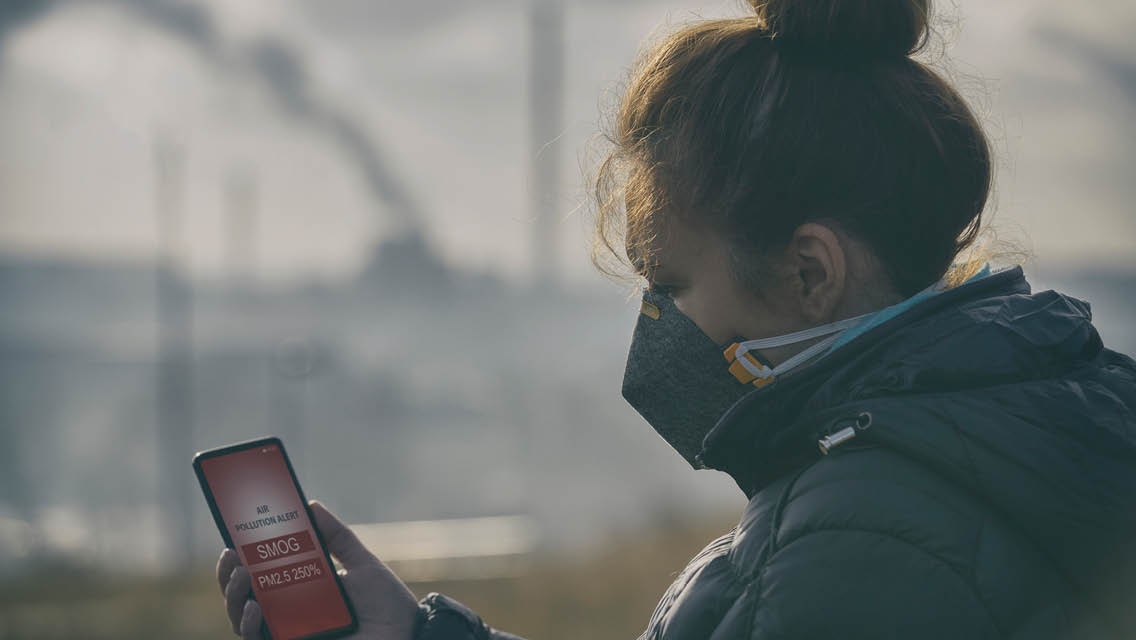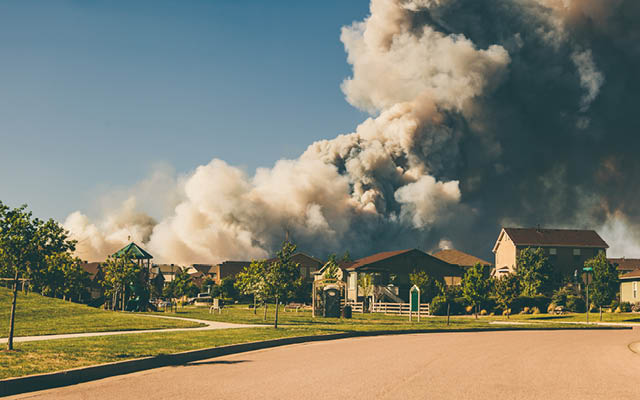Natural environments often offer better air quality than urban and suburban areas. So, depending on where you live, you could seek out green and blue spaces — for example, in a forest or near a lake or an ocean. Check the AQI at parks, trails, and beaches near you to see if any of them have better air quality than your immediate neighborhood.
You can also sport an N95 mask or breathe only through your nose — two methods for filtering some (though not all) particles. Both approaches are safe for most people during low-intensity activity, such as a leisurely walk or a bike ride, they’re not ideal solutions during vigorous exercise if you’re not accustomed to them.
Wearing a facemask during high-intensity exercise may result in more-labored breathing. Though research doesn’t show that it affects oxygenation levels, difficulty breathing can result in increased rates of perceived exertion, fatigue, and even dizziness.
Seek out green and blue spaces — for example, in a forest or near a lake or an ocean.
Nasal breathing is associated with improved blood-oxygen saturation and athletic performance, but it is a skill like any other; jumping straight into nose-only breathing during a hard workout may make you feel breathless and increase exertion rates. (Learn how to harness the power of nasal diaphragmatic breathing with this body-weight strength-and-conditioning flow.)
If you want to adopt exercising with a mask or breathing only through your nose, get comfortable during lighter, low-intensity efforts first. If you want to engage in a long-duration or high-intensity workout but don’t yet feel comfortable breathing through a mask or your nose, you may be better off amending your plan.
Go Deeper
In the past, thunderstorms, heat waves, or snowstorms may have derailed your plans for training outdoors. Now there’s another environmental scourge to add to that list: poor air quality. To learn more about exercising outdoors, including tips on how to protect yourself, refer to the full article “Is It Safe to Exercise Outdoors When the Air Quality Is Bad?,” from which this article was excerpted.





This Post Has 0 Comments